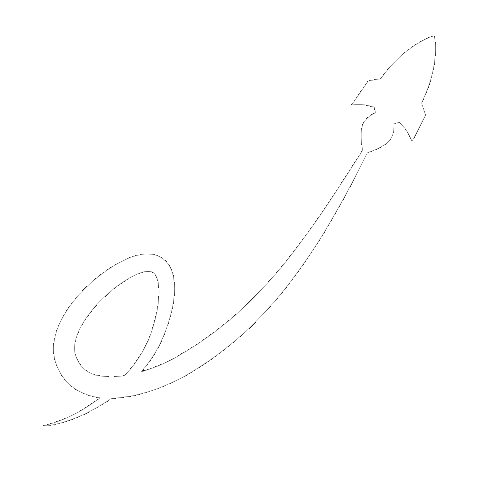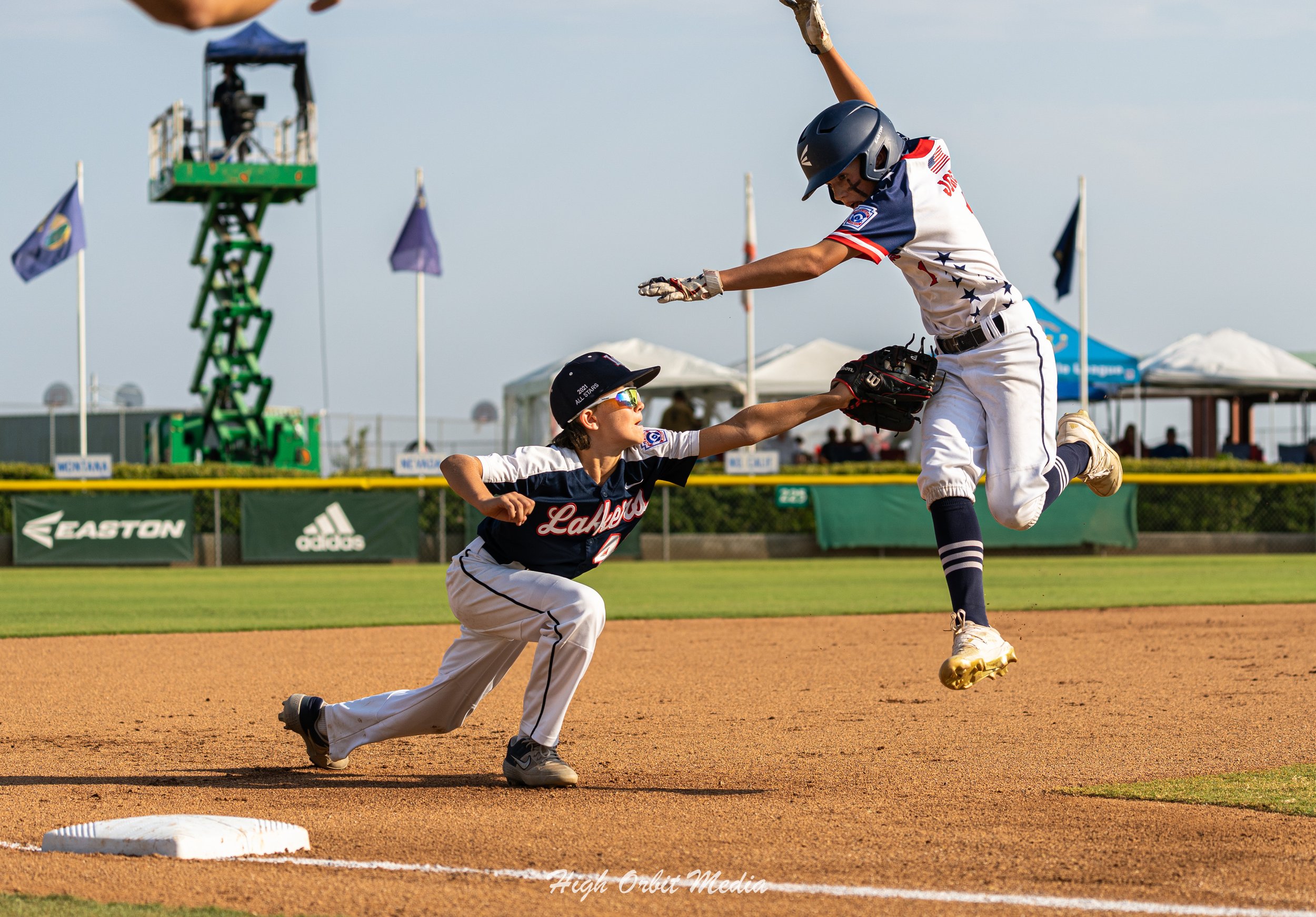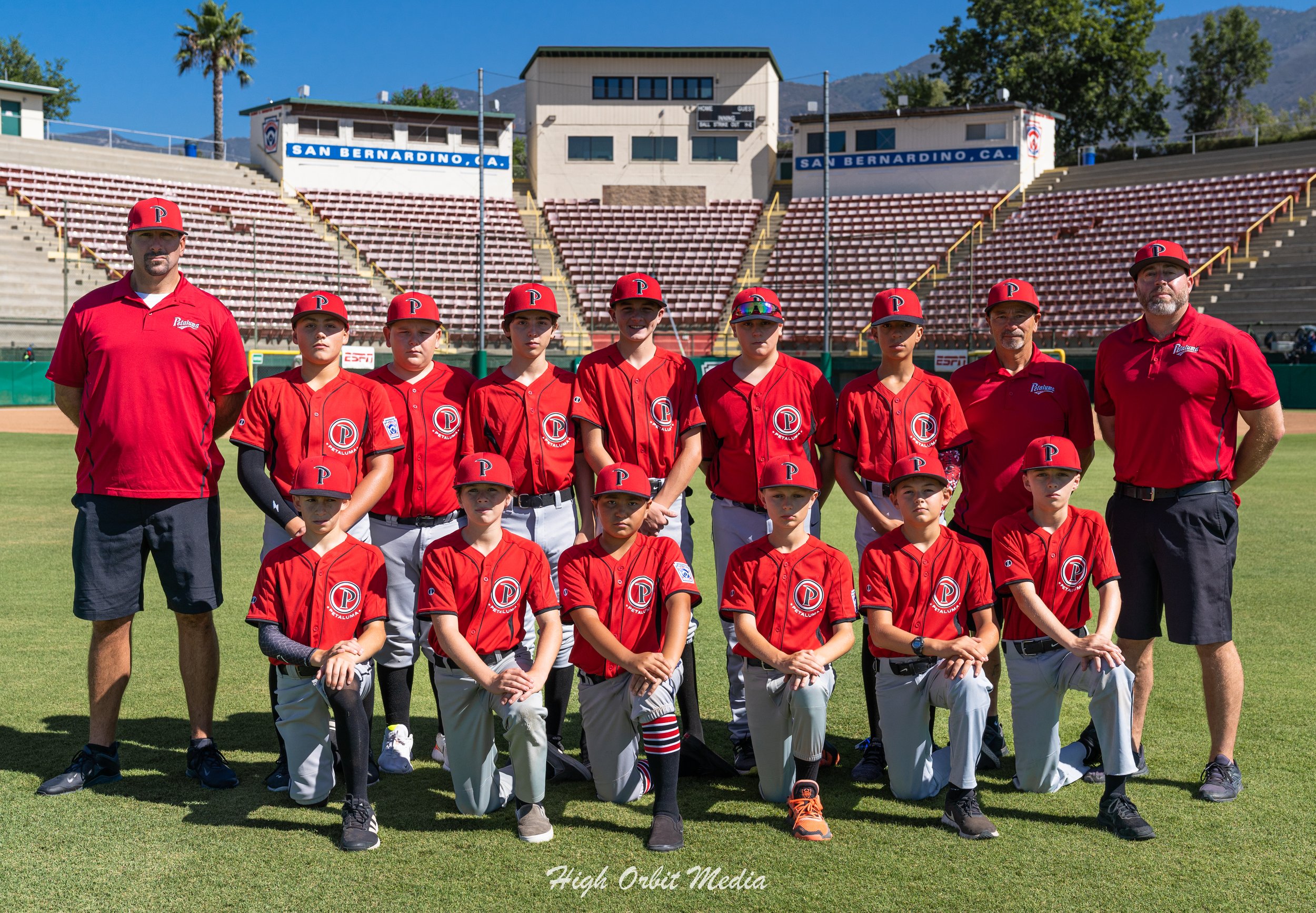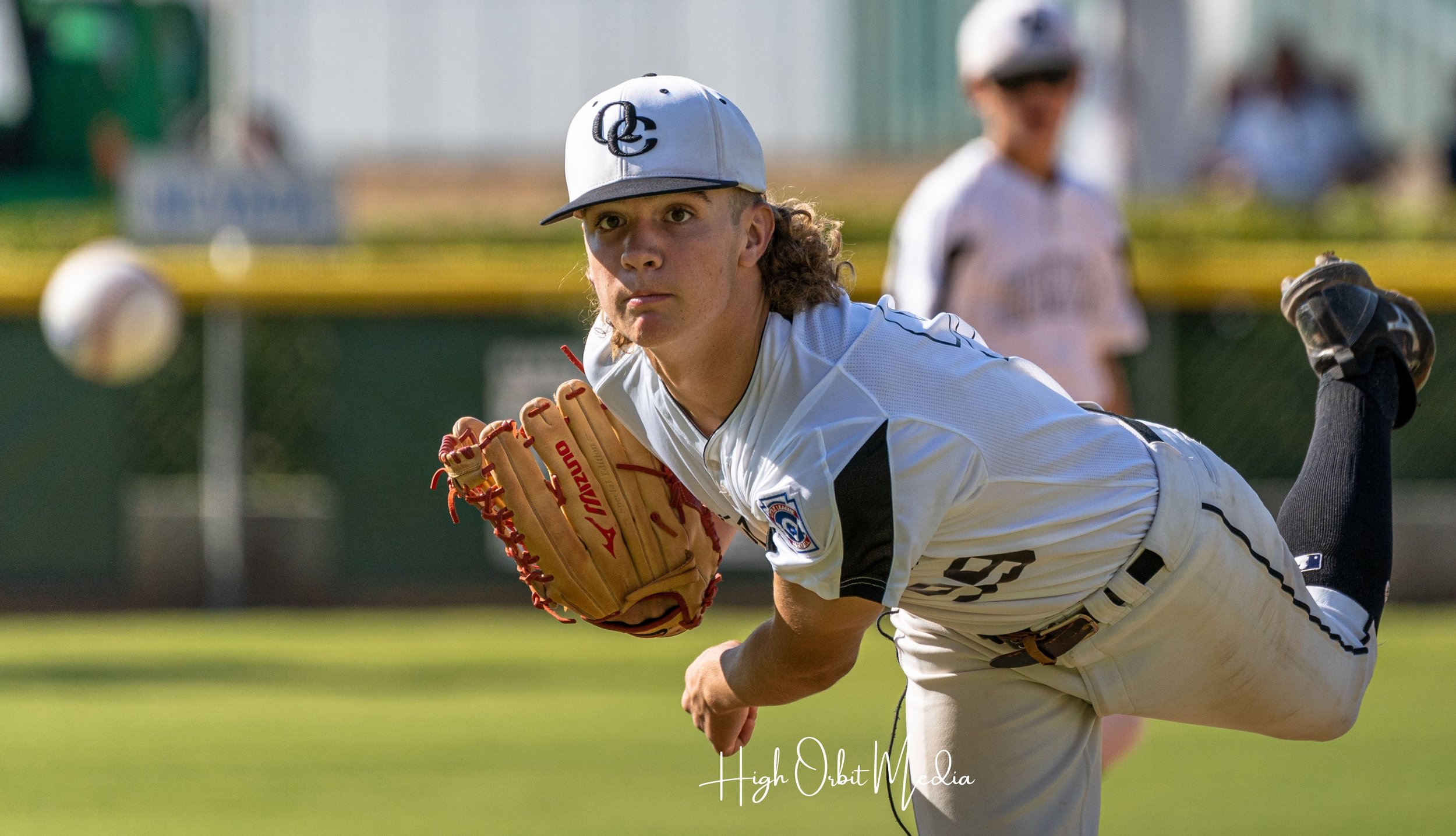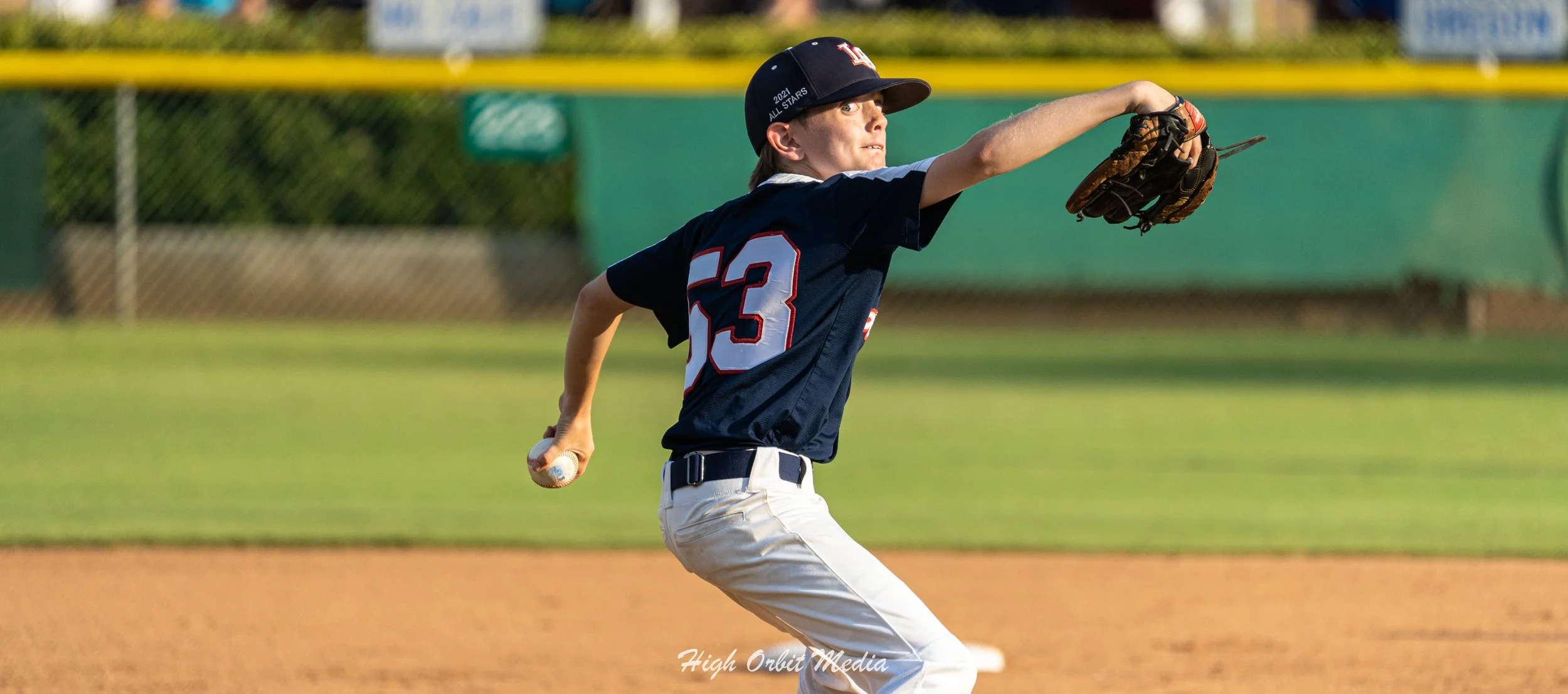Washington player attempts to avoid the tag by Oregon’s third baseman in the Northwest Region Championship game. 2021 Little League World Series West Regionals in San Bernardino, CA.
San Bernardino, CA- In the summer of 2021, Little League gave me the amazing opportunity to be the official on field photographer for the Little League World Series West Regionals. This included both the girl’s softball tournament as well as the boys with a week’s break in between. In that span I shot 36 games over 14 days and ended up taking over 50,000 photos in 95+ degree temperatures.
I didn’t realize going into it, but I would spend more time on the field than anyone else during those tournaments. The players were only on the field for and hour and a half to two hours a day. The umpires would rotate by game. Even the on field ESPN camera guys were rotating (and they only covered maybe half of the games and under the shade of a big umbrella). But I was on the field for every game of both tournaments which meant I saw every play up close through my lens. The photos I came back with are stunning and I want to tell you how I captured them and what my process was during each game, not only to capture unique angles, but to be in the right place at the right time.
Team Photos
It all started with team photo day which is always the day before the first games of each tournament. The states that had teams representing them for both the girl’s and boy’s tournaments were Alaska, Arizona, Northern California, Southern California, Hawaii, Idaho, Montana, Nevada, Oregon, Utah, Washington, and Wyoming.
My method for each team was to get a smiling photo, a game face photo, and lastly, I had them show me how they would react to winning the tournament. This basically covers all your bases and lets the kids (and coaches) be themselves.
Photographing Game Action
But we’re here to see action photos. Let’s get after it. Day 1 for the softball tournament was July 24, 2021 at 9am as Hawaii took on Arizona. Before every game, all the players and coaches are announced to the crowd and they run from the dugout to their respective base path and give high fives to their teammates. However, Little League decided to alternate teams as each player is announced so I could not stay by one team’s dugout to capture all of them. To cover this the most efficient way, I posted up just behind home plate so I could switch back and forth as each player ran up to high five their coach. I would always use my 24-70mm lens for player and umpire introductions as it was wide enough to capture the whole scene and allowed me to zoom in on players when necessary. This was effective and meant that everyone was covered the same way.
Once all the players and coaches were lined up on the base paths we would all pause for the national anthem. Al Houghton stadium has a giant American flag in left center field which meant that I could get great shots of the flag behind the team lined up on the first base side.
Keep in mind that because of Covid-19, Little League was not allowing fans to attend these tournaments so most of my photos will show a 90% empty stadium (this blog was written in 2021).
At the conclusion of the national anthem, and if things were running on time, there would be about 5 minutes before game time. At this point I would duck back into the tunnel and grab my second camera (another A7III) with my 100-400mm lens to capture game action.
The home team was always on the third base side so I would walk across the field and post up just outside their dugout. At this time the players would be ready to go and all standing just inside the fence of the dugout awaiting the signal from the third base umpire to take the field. The players had a lot of positive energy just before the game and I caught a lot of great expressions. I would still use my 24-70 for the following shots.
After they burst past me to take their positions I would hustle down behind the catcher to get some shots of the pitcher warming up. The shot I was always trying to get was the pitcher watching their pitch with the ball out of focus in frame. The closer it appeared to the pitcher’s face the better. This meant that I basically had to be lined up directly behind the catcher (although all the way at the backstop) which was scary because some of these kids didn’t have the best control and were still throwing 70mph, haha! A few times the ball would leave the frame of my camera making me feel like it was on course to drill me in the ribs. This was a scary shot to get!
Once I got what I wanted I would start my game coverage on the third base side. This was so I could photograph the home team coming back in the dugout after the inning was over. This would be especially interesting if the inning ended with a great play. If I was on the opposite side of the field I would never have seen their faces. You want to see faces!
After the top of the first inning, I would go back behind home plate to get the same shot of the visiting team’s pitcher warming up, then I would go up the first base line and shoot the bottom half of the inning there.
Being so close to first base had its risks and rewards. On one hand, a lot of bad throws have the opportunity to hit you so it can be pretty scary watching these plays unfold through your view finder. You have to just trust the player’s skill and know that the odds of getting hit by a ball in play are probably low. On the other hand, when using the right lens, I was able to capture great images of plays at first base. No other base has as much action as first so this was a great spot to be. Plus it allowed me to capture their emotion as they sprinted up the baseline.
I would swap sides of the field after every half inning until the lineup turned over. I wanted to make sure I captured the same player from both sides of the field so they wouldn’t always have their back turned to me when batting.
It was important to remember that the photo opportunities don’t stop between plays. Some of my best shots were taken between the action. One of the perks of being on the third base line was being able to capture all the different looks the players would give their third base coach as he/she was giving them the signs or after they took a strike they thought was a ball.
I would usually spend the entire 4th inning in the tunnel that connects the dugouts behind home plate. This is also where the PA announcer was stationed as well as the medics, umpires in charge of review, and other tv crew. The fence behind home plate had small holes cut into it for photographers like myself but I could only shoot out the first base side because the television folks were on the third base side. However, this meant that I could shoot looking right up the third baseline and because the tunnel was sunken, my point of view was low to the ground.
Personally I like to shoot as low as possible with my lens about belt high. This gives you more depth in your shot as you can see further than if you were looking down on a player. Also, you get better bokeh the further the background is from your subject. I love me some bokeh.
So the tunnels provided this low angle while I was still able to stand (plus it offered the only shade in the entire stadium!). I did have to knowingly give up on certain shots as the visibility from the tunnel wasn’t great. The only players you could cover were the pitcher, catcher, 3rd base, short stop, and left fielder so half the field was lost. However, I was able to get great close ups of right handed hitters and plays at the plate.
By the time the 5th inning rolled around I felt I had pretty solid coverage of every player and now I could be creative with my locations. Sports photography isn’t always about getting the perfect close up of a play, sometimes you gotta go high and shoot wide. At Al Houghton stadium in July the sun sets behind the mountains to the west making for a great sunset shot.
Imagine this shot with a packed house!
Other times I would go right behind home for a different look. This was nice but you had to shoot through a fence without camera holes cut into it.
I would also make the hike to the top of the stadium to catch those late afternoon long shadows and walk out behind the centerfielder for that tv camera look.
In the final inning I would always position myself by the dugout of the team that was winning. This way, after clinching a W, they would be coming off the field towards me and I could capture those positive emotions. And see their faces!
At the conclusion of these games, because of Covid-19 precautions, the teams would not shake hands but doff their caps to each other. After the ball game I would quickly move out to just beyond the pitcher’s circle or mound to shoot both sides. This way you could see faces on both sides as well as fans and family in the background with their signs.
The boys from Hawaii were unique in that they would line up and sing to their fans after every game.
Once a game was over I had to grab all my gear and hustle back to the Little League office to dump my SD cards and back up all my photos to an external hard drive, then format my cards and get back out to the field. Depending on the length of the games and how crazy they were, I would take about 1,000-1,700 images per game so this was A LOT of data to backup. Sometimes I had less than 30 minutes to transfer all my files and crush a hot dog.
Right Place. Right Time.
Any sports photographer can catch great images of a game, but when you understand all the ins and outs of the sport, you have the ability to anticipate what could happen and position yourself to capture it.
For instance, I learned very quickly that in girl’s softball, players steal second base all the time. Like, ALL the time. Once this was evident to me I backed up a bit further down the whichever baseline to not get blocked by the first base umpire during steals so I had a clean shot.
Another example of great anticipation is knowing what the player is going to do when they get the ball. If there’s a runner on first base and there’s a ground ball hit to the second baseman, I know he’s going to throw to the short stop covering second base, so I will point my camera at second and wait for the play to evolve through my lens. This helps me nail my focus and timing.
I believe there are 3 components that make for a great sports image: focus, composition, and timing. It’s very easy to get two of those but when your image consists of all three you’re doing something right.
Plays At The Plate
You also need to understand where the “photo” is during a play. In other words, during any given play what’s the most exciting thing about it? On a routine fly ball to center field with a runner on third base, what’s going to happen? Well, the center fielder is going to catch it and throw home to try and get the runner. As a photographer, I know the “photo” of this play is going to be the attempted tag at home plate. Not the center fielder catching the ball, not the runner breaking from the bag, but the play at the plate. That’s what you can’t afford to miss.
The Championship Games
For the three championship games played, I didn’t do anything any differently except what I did after the final out. For the final inning I would wear my GoPro on my head to record video while I shot photos at the same time. This was especially cool while rushing the field with the ESPN camera crew to catch images of the players celebrating. I made sure to shoot wide so I could catch as many reactions as possible as I moved around the infield.
Team Hawaii wins the baseball West Regionals.
Team Nevada wins the softball West Regionals.
Team Washington wins the Northwest Regionals.
Once everyone had calmed down I had the honor of taking the team photos with their championship banner. The winners of this tournament would get to go to Williamsport, PA for a chance to play for the national championship.
The boys team from Hawaii actually made it to the final four in the national championship but lost a close 2-1 game to Michigan who eventually won it all in 2021.
This was truly a great experience that allowed me to capture many amazing images of athletes in their element. With so many games, there were so many interesting and close plays to capture from so many different angles. I’m so glad I could save these moments for the players and their families.
Looking forward to doing it all over in 2022!
Want photos like this of your team? I got you covered. Send me a message Today.
Insta - @highorbitmedia
Twitter - @highorbitmedia
John Ruddock is a professional photographer based in Salinas, CA. John grew up on the coast in Half Moon Bay and has spent over 30 years on the beautiful California central coast. When he’s not photographing weddings, engagements, families, sports, and landscapes he’s watching the Giants. Contact him today to book your session! You can also buy prints of his best images right here.
